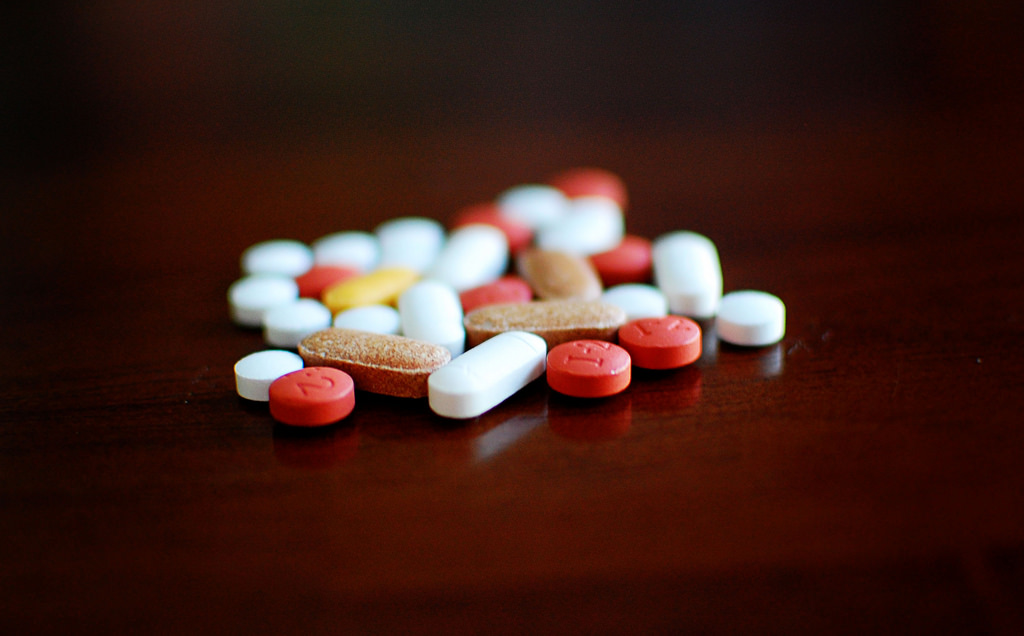Effective marketing often promotes name brands over generic brands. As consumers, we purchase items based not only on their effectiveness but also the comfort associated with brands we recognize. In the realm of medications, there has been an increasing understanding that generic products are equivalent to their name brand counterparts; the active ingredients in drug-store medications are composed of the same chemical compounds. However, in recent years, a new group of drugs has emerged as a type of “generic” to biologic drugs, and they are known as biosimilar drugs.
What exactly is a biologic drug? Unlike many of the drugs composed of chemical substances that we find in prescriptions and over the counter medications, a biologic drug, according to the the National Cancer Institute, is “a substance that is made from a living organism or its products…[which] include antibodies, interleukins and vaccines.” It is more difficult to create biosimilar drugs than generics because the use of living things to create a drug will inherently involve more complexity and variation. Unlike chemical substances used in generic medications, which can easily be produced the same way with the same structure, living substances are, for the most part, not identical. Currently, biosimilar drugs are under the approval of the FDA, which looks at the quality of the biosimilar product compared to the biologic, the science used to demonstrate the similarity of effects, and the setting in which these biosimilars are manufactured.
Biosimilar drugs were approved for use in Europe many years before their emergence in the United States. In fact, the framework for the approval procedure of biosimilar drugs was already in place in Europe in 2005, while it wasn’t until 2012 that the FDA released a similar procedure. Finally, on January 7, 2015, the FDA approved the first biosimilar drug, EP2006, as a replacement for the biologic Neupogen, an immune-boosting drug for cancer patients. The company developing EP2006 has demonstrated through a clinical study of 388 breast-cancer patients and 174 healthy individuals that the biosimilar counterpart can be digested in a similar manner as the biologic and does not elicit an unwarranted immune response.
The introduction of biosimilar drugs brings a new wave of possibilities. Biologic drugs are expensive to manufacture and some patients’ lives depend on the consistent use of biologics. Biosimilar drugs are less expensive to manufacture than biologic drugs, and they generally function in the same manner as biologics and offer the same benefits to the patient. As we are currently seeing a shift toward generic drugs over name-brand, perhaps in the future we’ll see a shift toward the biosimilar.
Feature Image Source: Jamie










